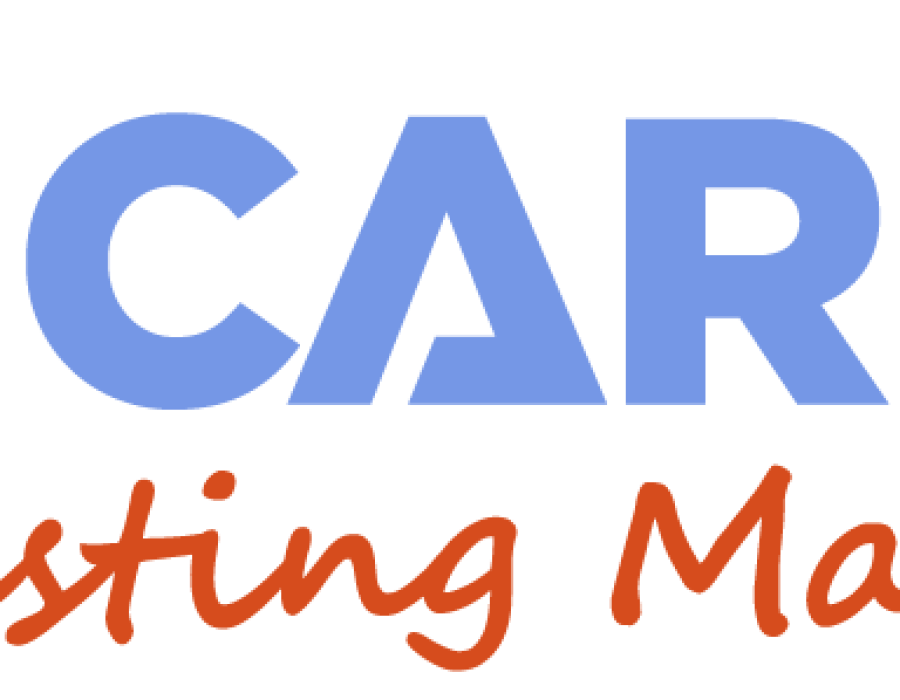A Department of Transportation (DOT) drug test is a specific type of drug screening mandated by the U.S. federal government for safety-sensitive positions within the transportation industry. These tests are designed to ensure that individuals in these roles do not engage in substance abuse, as it can heavily impact public safety. The DOT drug testing program is governed by strict regulations outlined by the DOT and the Federal Motor Carrier Safety Administration (FMCSA) for commercial drivers and other safety-sensitive employees.
A DOT drug test typically involves a 5-panel screening, which tests for five primary substances: marijuana (THC), cocaine, opiates, amphetamines, and phencyclidine (PCP). In certain circumstances, additional testing for other substances, such as synthetic opioids or extended panels, may be utilized. The testing method commonly involves collecting a urine sample, although alternate methods such as saliva or hair may also be options, depending on the specific requirements.
The DOT drug testing process includes several important steps: pre-employment screening, random testing during employment, post-accident testing, and reasonable suspicion testing. Employers are required to follow stringent guidelines to maintain compliance and protect the safety of their passengers and the general public.
My Care Labs offers comprehensive testing solutions, including DOT drug testing, to assist employers in fulfilling their regulatory obligations and maintaining a drug-free workplace. Additionally, recognizing the challenges posed by the COVID-19 pandemic, My Care Labs also provides critical COVID-19 testing services. These include PCR tests, rapid tests, and antibody screenings, ensuring individuals can quickly assess their health status.
By integrating drug testing and COVID-19 solutions, My Care Labs is committed to promoting safety and wellness within the workplace. Their services not only help in maintaining compliance with DOT regulations but also support public health initiatives by enabling individuals and organizations to effectively manage health risks associated with the pandemic.





Comments